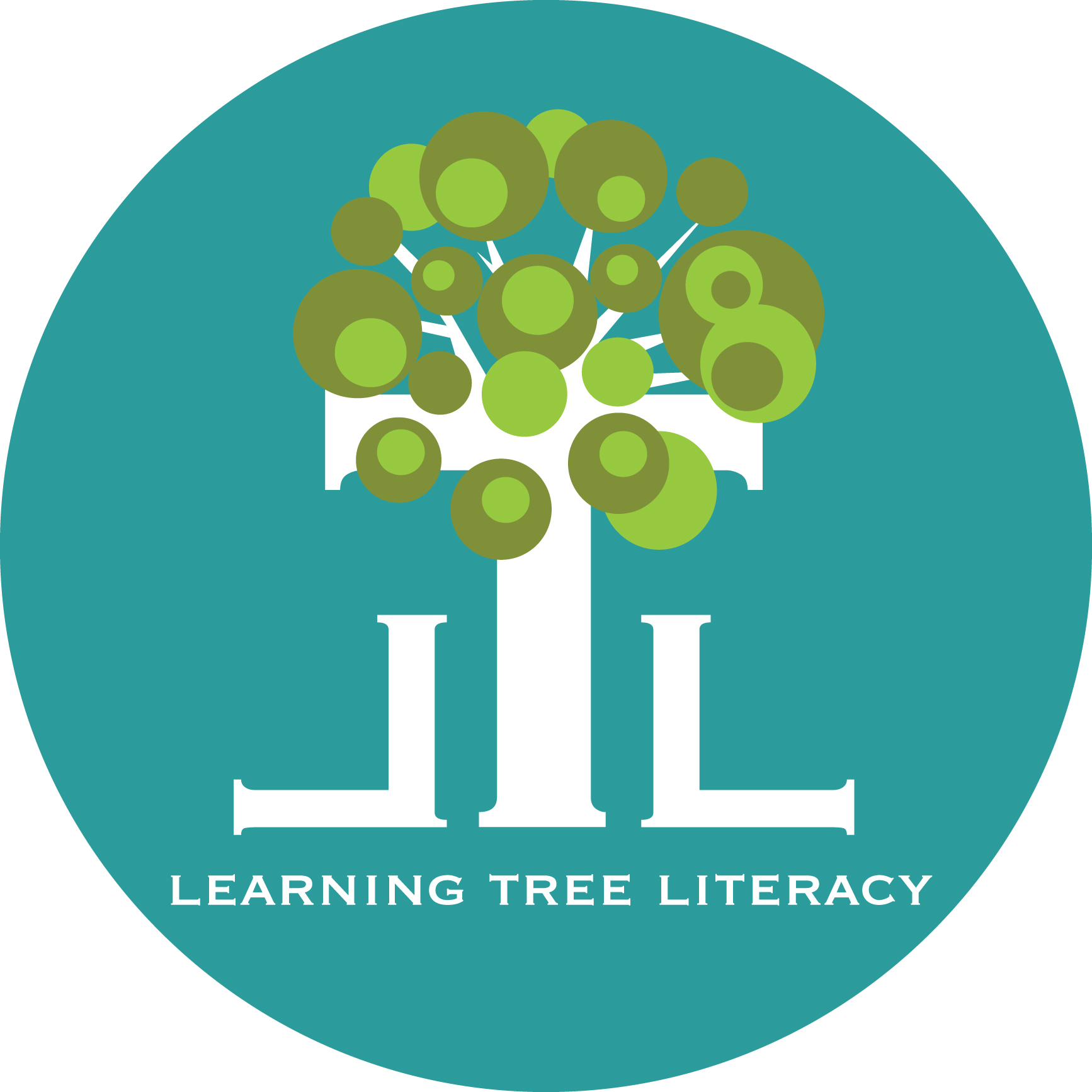The tool for Peaceful problem solving
We choose to use tools to help us speak skillfully and hear empathically. When we communicate in this way, our nervous systems are affected positively and we relate to each other safely. Together, we are empowered to solve problems peacefully.
The SHARE storytelling routine is an accessible restorative practice for the whole family. Make a SHARE binder to organize the word banks of feelings and needs and a story framework for easy access to the multisensory tools of restorative practices.
Download the SHARE binder printables here and watch this SHARE binder instructional video.
Time out
Pause to calm your nervous system in a quiet place. Speak your feelings and needs in affective statements using visual word banks. Affective statements increase self-awareness, emotional regulation and empathy for self and other.
team up
Use a simple framework to organize your story and set an intention to hear each other. Shared storytelling affects our nervous systems and synchronizes brain activity. Listening with curiosity and retelling someone’s story grows understanding, perspective and trust.
take 2
Make a positive action request that considers everyone’s needs. Using kind, calm communication to relate safely helps us find win-win solutions. These steps of peaceful problem solving are leadership skills that empower us to grow and restore relationships.
SHARE synthesizes professional experience and training in Social Emotional Learning (SEL), Restorative Practices, Nonviolent Communication, mindfulness, linguistics, literacy, leadership, special education and human development with perspectives from neuroscience, psychology, anthropology and the social sciences. SHARE is paired with the Mindful Schools curriculum to also teach students how to pay attention, on purpose, to the present moment with kindness.



